Summer greetings from The Pisgah Conservancy! It has been a great month with continued achievements on the ground by our TPC crews across the forest.
This past month marked the completion of two major projects with the TPC crew putting the finishing touches on the Deep Gap trail shelter and installing wayfinding signage and a large new map in the Black Balsam area. After completion of the trail shelter itself this past spring, the crew provided some final amenities this month by installing metal fire rings at both Butter Gap and Deep Gap shelters and a bear-resistant food storage box at Deep Gap (the Butter Gap shelter already has a bear hanging system).
With these final additions, we are proud to announce the successful reconstruction of both trail shelters on the Art Loeb trail, a deferred maintenance project funded through the Great American Outdoors Act (GAOA) and completed by TPC in partnership with the USFS and the Conservative Anabaptist Service Program (CASP).
TPC also installed new wayfinding signs and a large, detailed map at Black Balsam Knob to guide visitors on the popular Black Balsam-Tennent Mountain Loop that travels along the Art Loeb and Ivestor Gap trails. Following signage and kiosk installation at the Cat Gap Loop-John Rock trail complex in April, we hope this addition will help guide the hundreds of daily visitors to this very popular area and improve public safety.
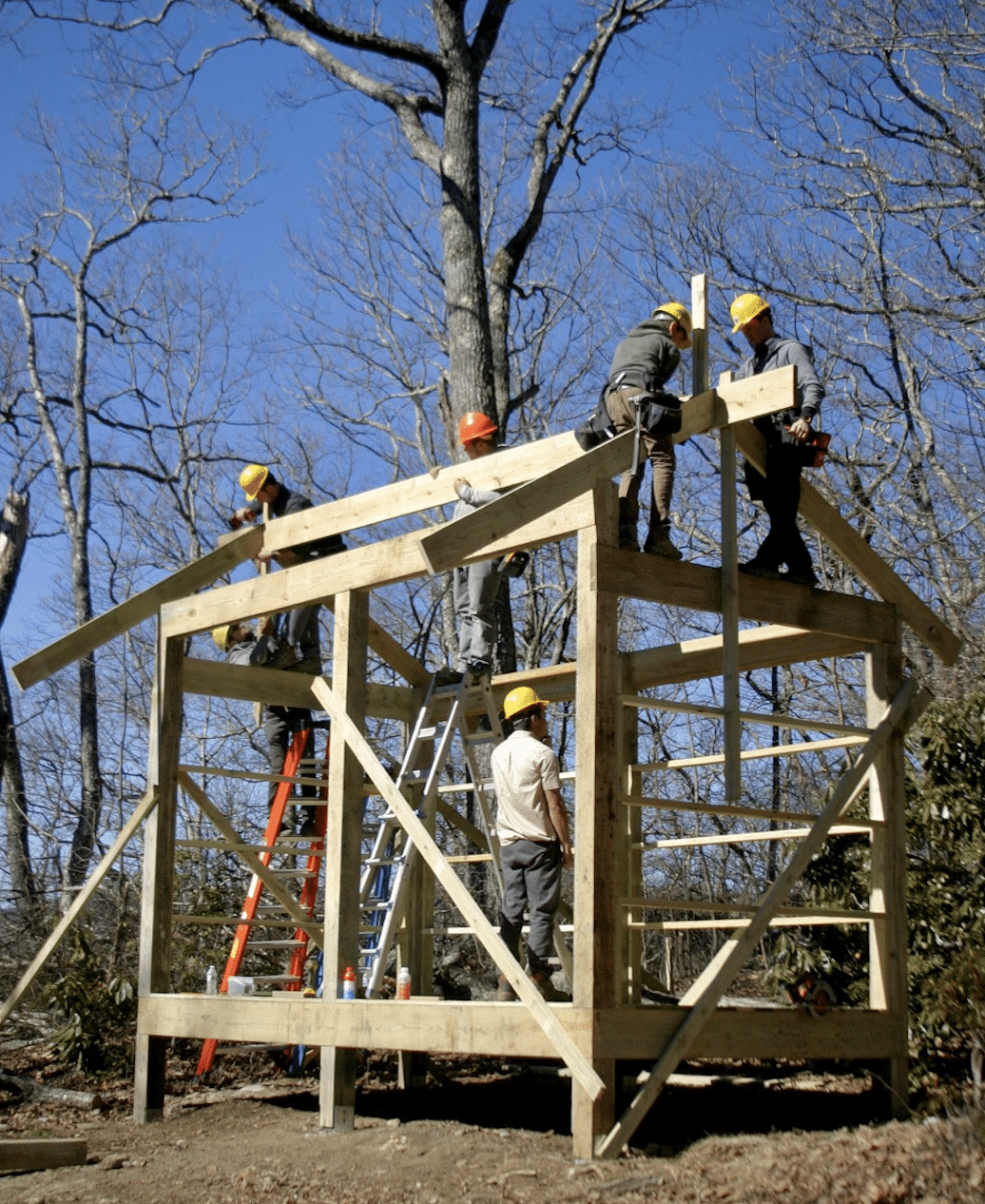

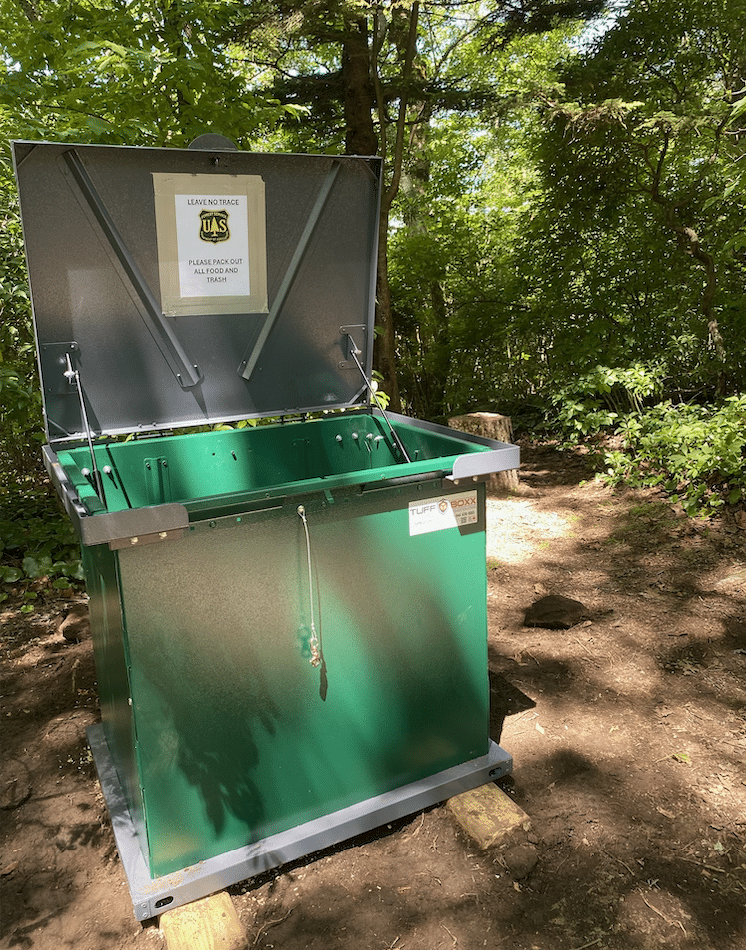
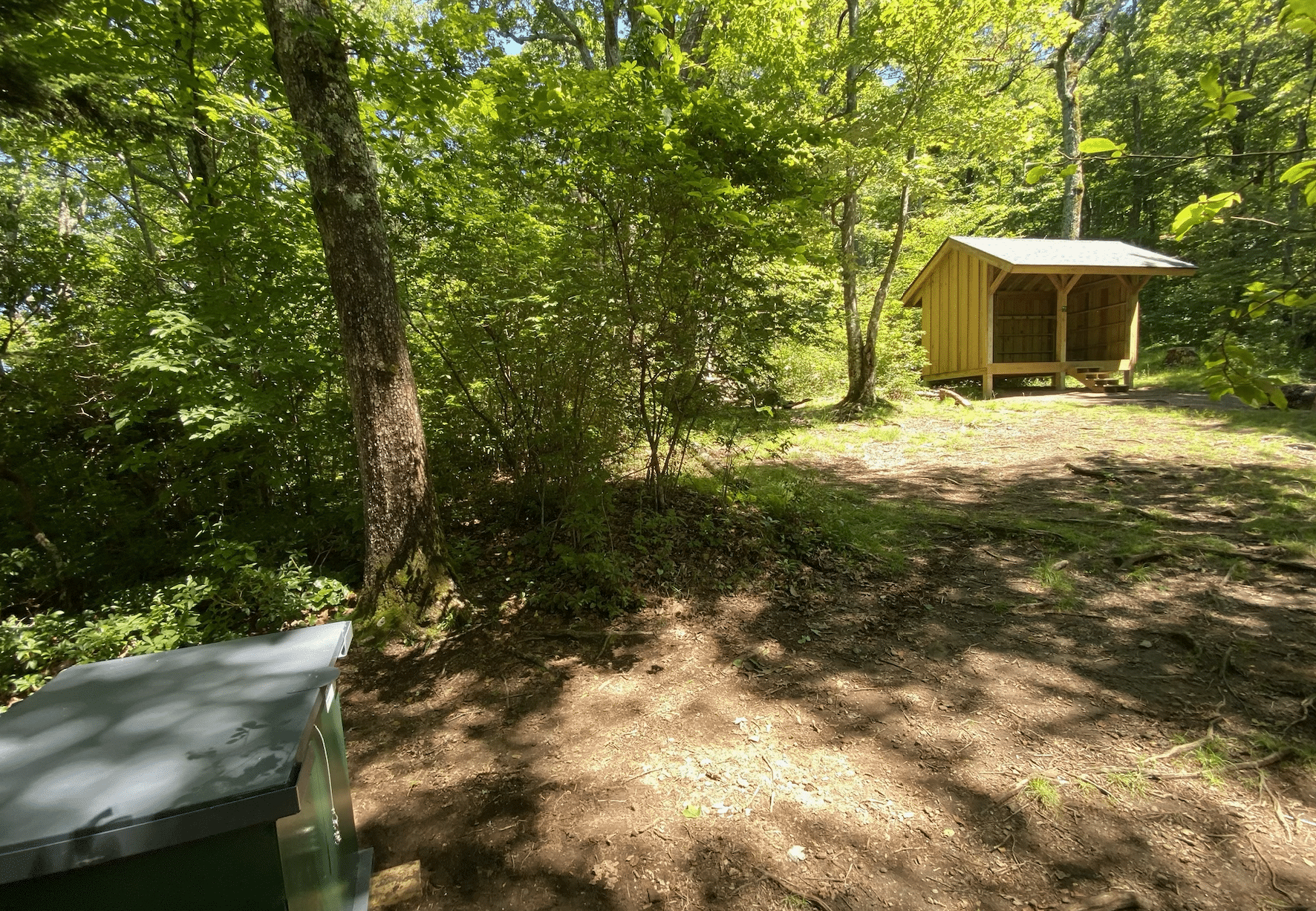
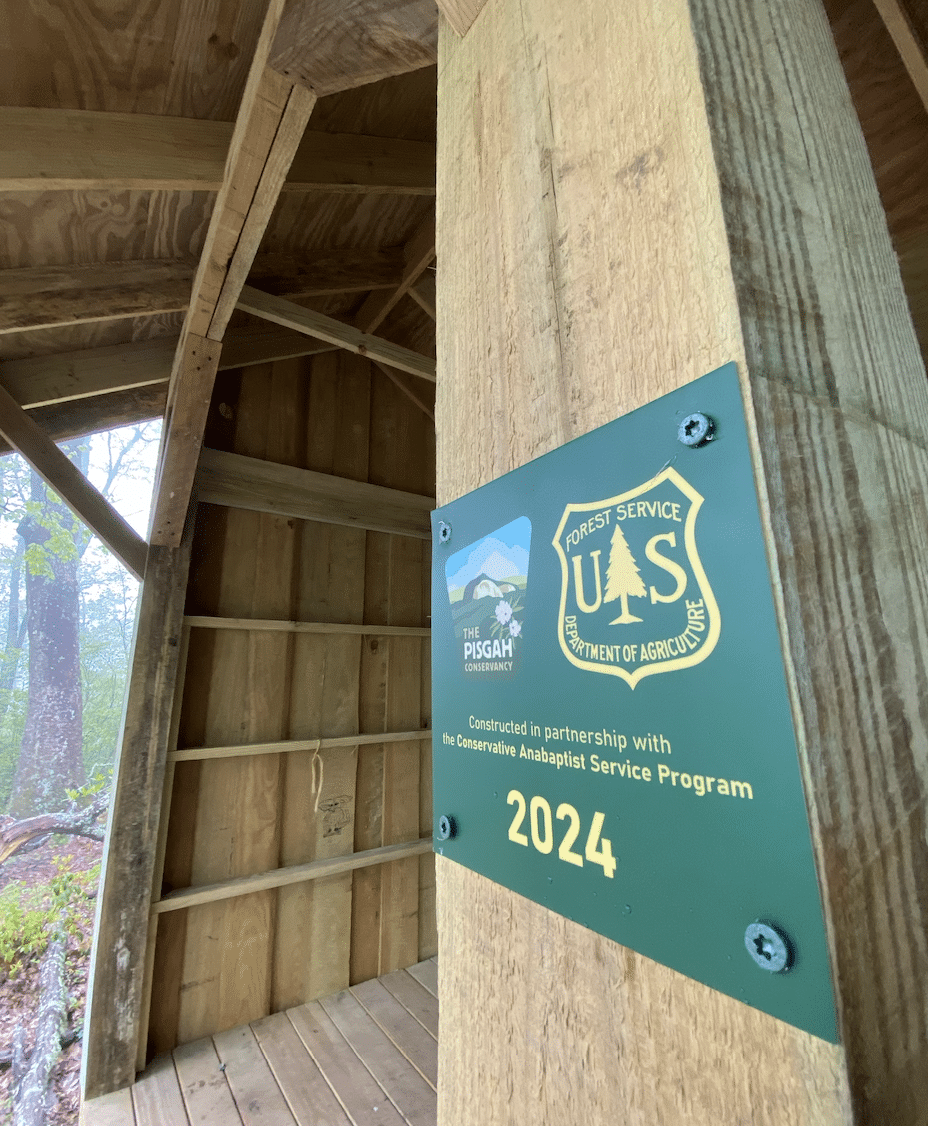
TPC also installed new wayfinding signs and a large, detailed map at Black Balsam Knob to guide visitors on the popular Black Balsam-Tennent Mountain Loop that travels along the Art Loeb and Ivestor Gap trails. Following signage and kiosk installation at the Cat Gap Loop-John Rock trail complex in April, we hope this addition will help guide the hundreds of daily visitors to this very popular area and improve public safety.
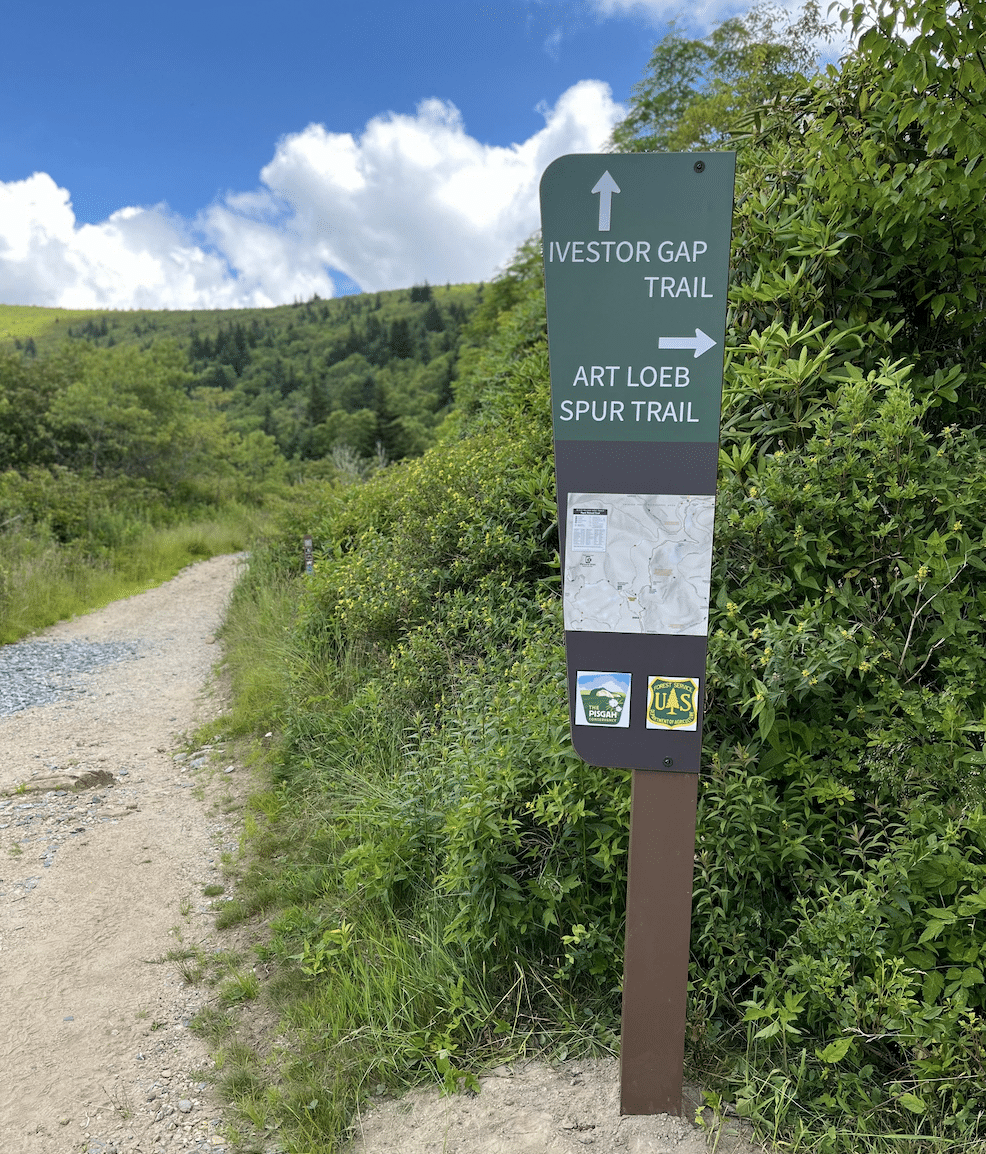
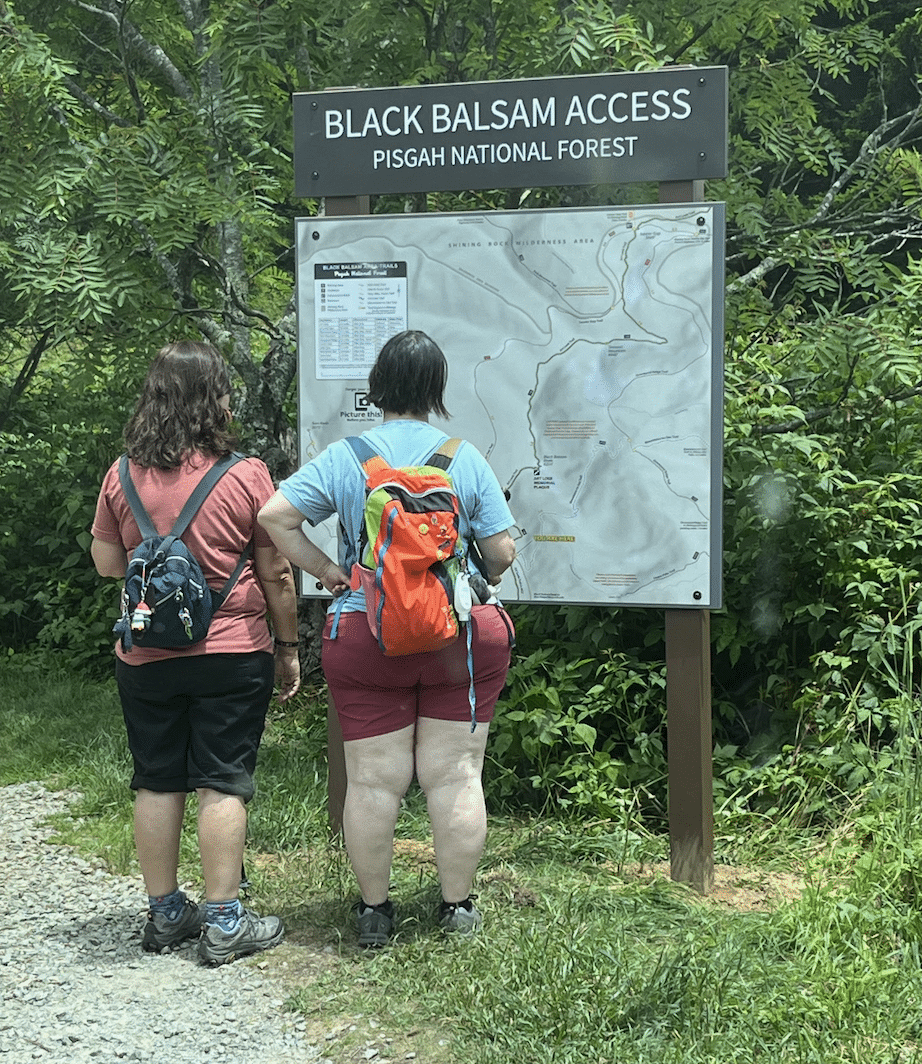

The TPC trail crew finished up two months of mini-excavator work at the end of June, rehabilitating failed drainage structures on Cat Gap Loop, Daniel Ridge, Buckhorn Gap, and South Mills River trails. They constructed or rehabilitated a total of 184 reverse grade dips on these trails in addition to building 4 stone steps, 10 locust check steps, 11 locust box steps, a locust retaining wall, and 2 significant sections of rock armoring, and replacing a failed culvert.
With this summer’s machine work successfully completed, the crew has returned to the Estatoe to continue work on boardwalk demolition, turnpike construction, and bridge construction for the next several weeks. To date, they have completed the first long turnpike begun on Pisgah Project Day and have just installed the first 16-foot fiberglass beam bridge this week with more to come soon.
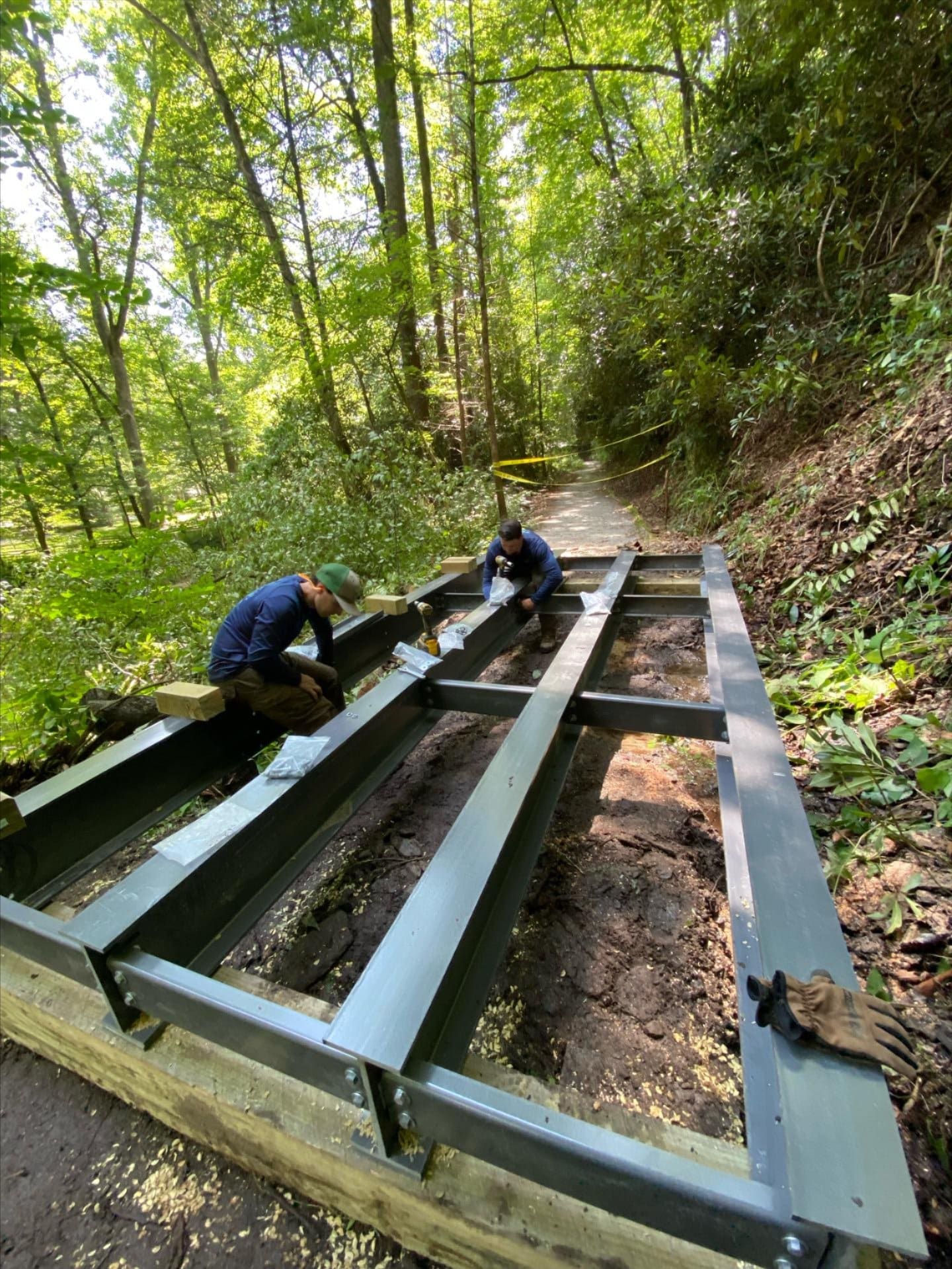
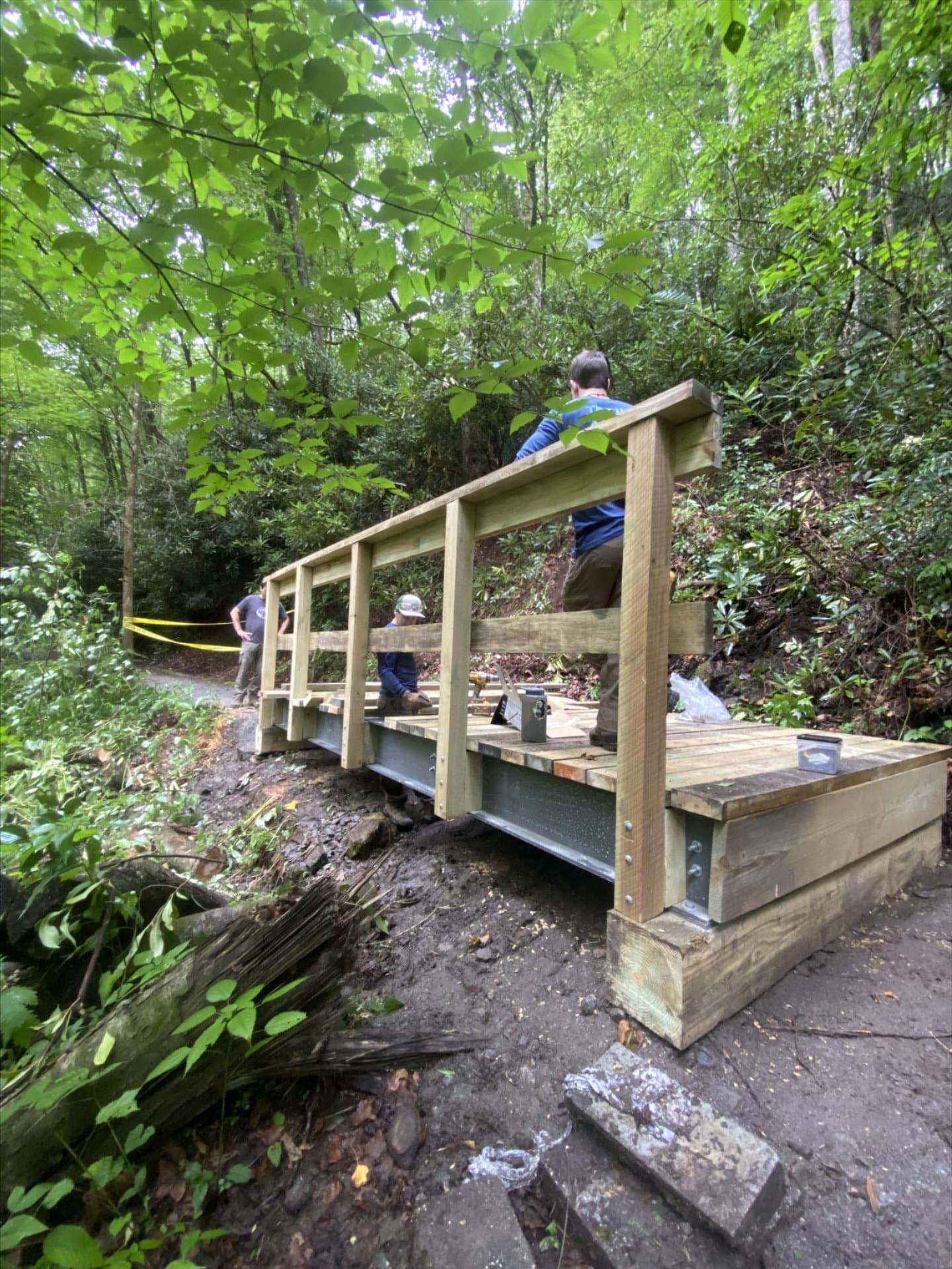
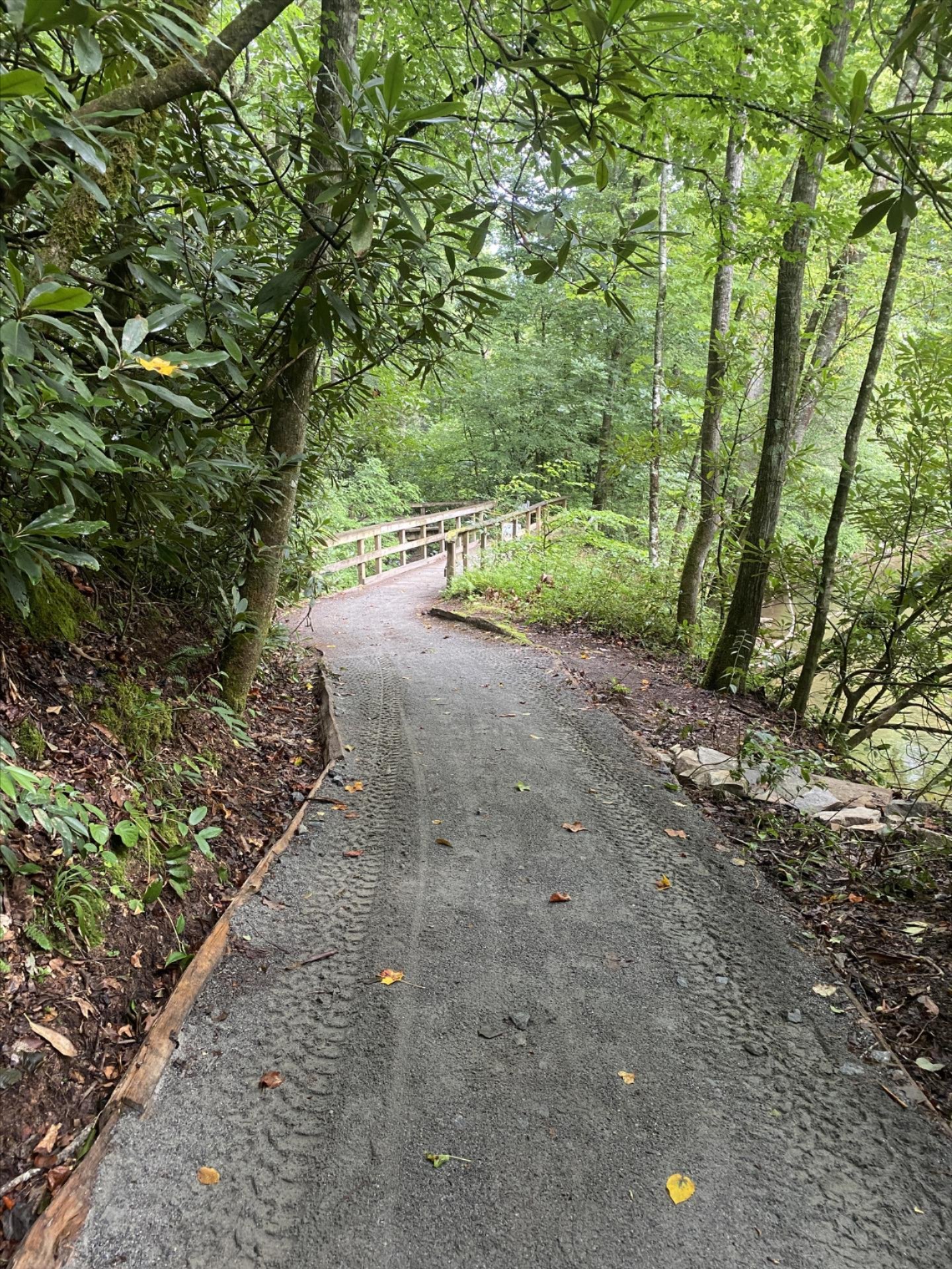

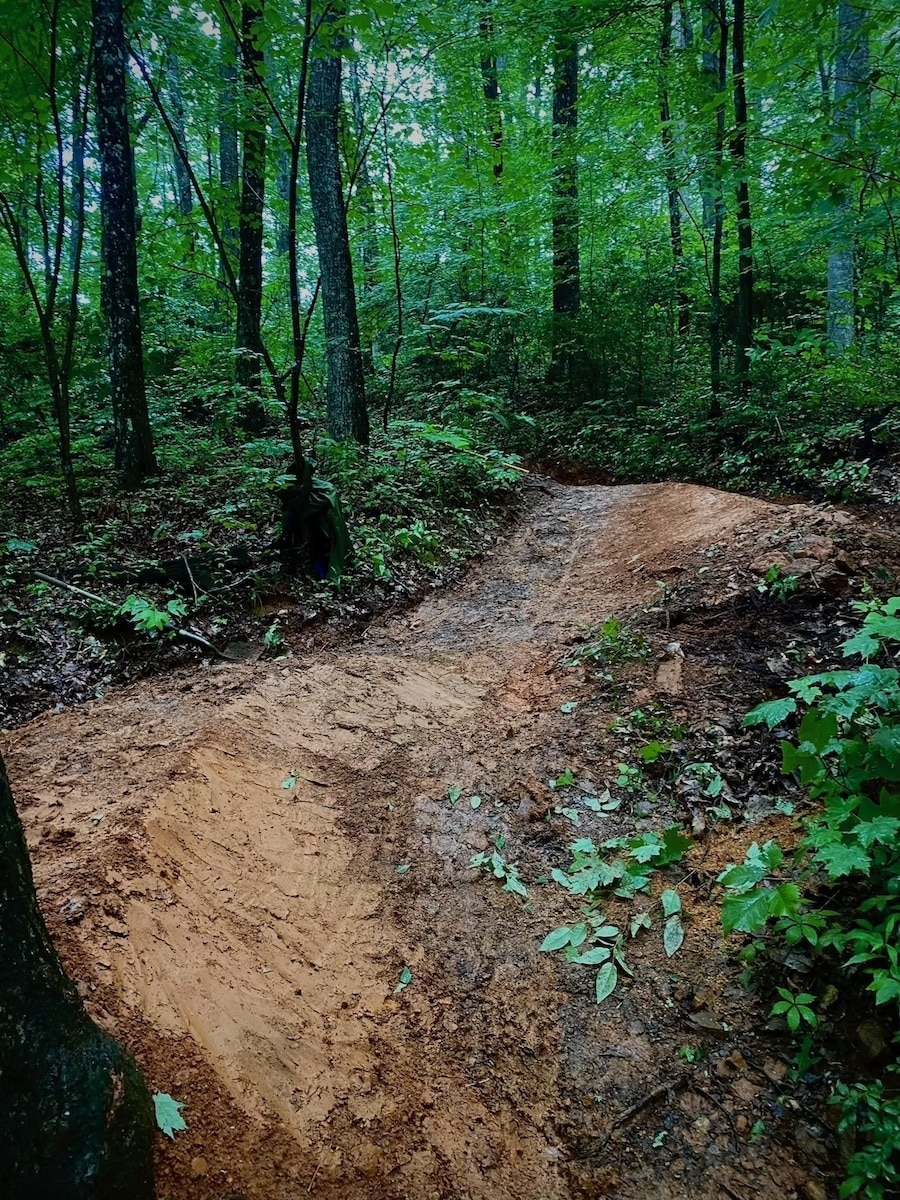
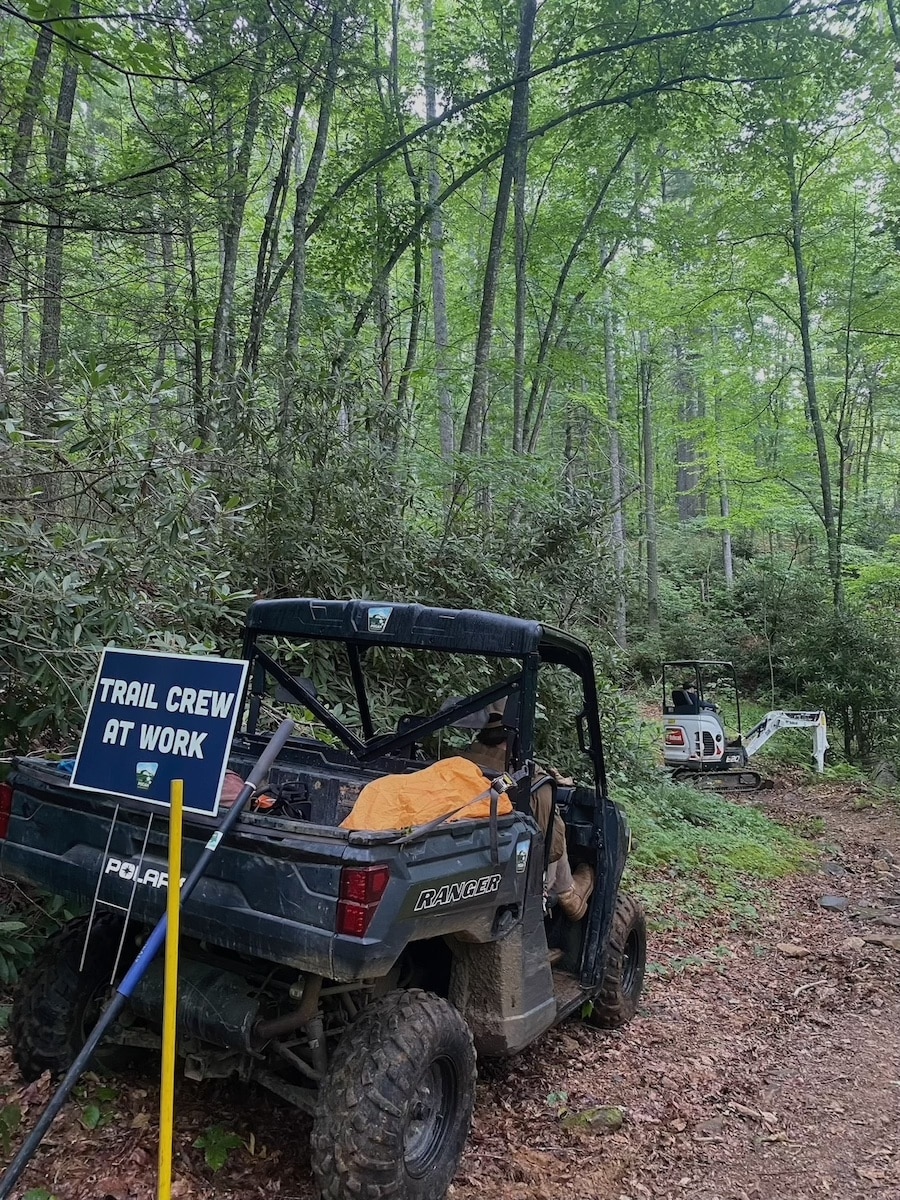
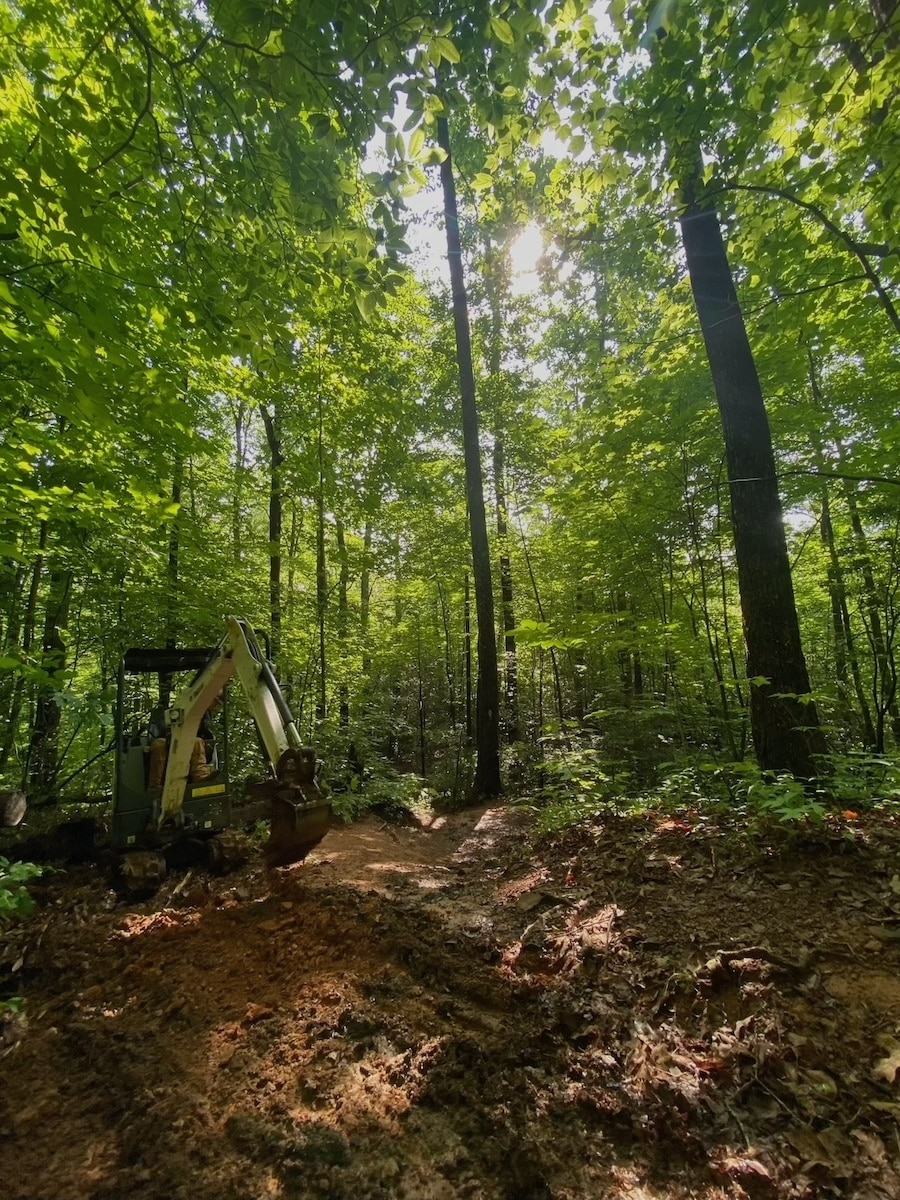
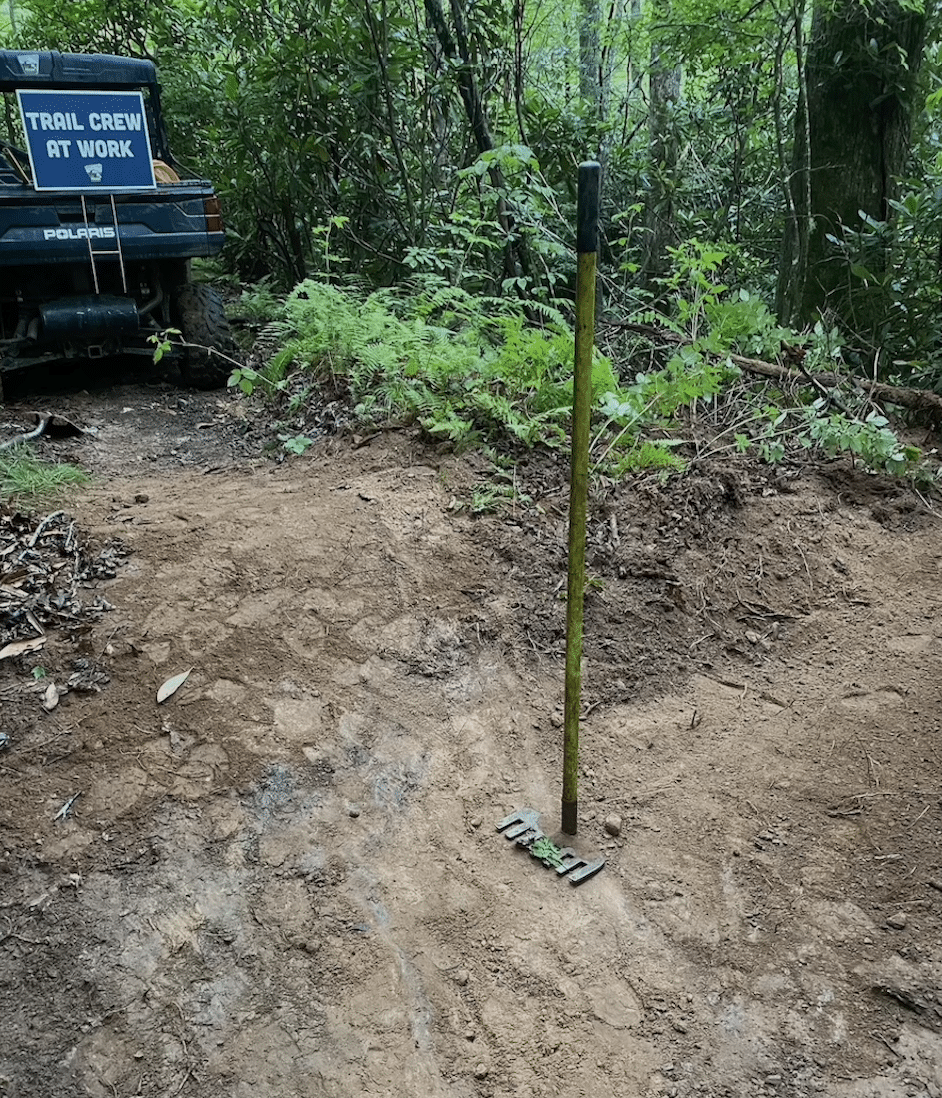
TPC’s Invasive Plant Management crew has continued with their treatment of non-native invasive plants in the Catheys Creek watershed with great effect. Since coming on board in late March, they have completed approximately 75% of the initial treatment at Kuykendall Group Camp, the site of the most dense and deleterious infestation of non-native invasives. Initial treatment is the most laborious and time-consuming part of invasive plant management, and the crew’s progress has been impressive.
Once this initial treatment is complete, follow up treatments will be required in coming years to eradicate these invasives to prevent their recolonization and allow native species to thrive. However, these subsequent treatments will be quicker and easier. With the majority of biomass removed, the focus will shift to the periodic treatment of smaller sprouts.
In addition to their work at Kuykendall, the crew has also treated various other infestations in the drainage, including Japanese stiltgrass along the road corridor and treating the area around the junction of Catheys Creek Road and FS Road 471D before the upcoming installation of 2 aquatic organism passages at the site.
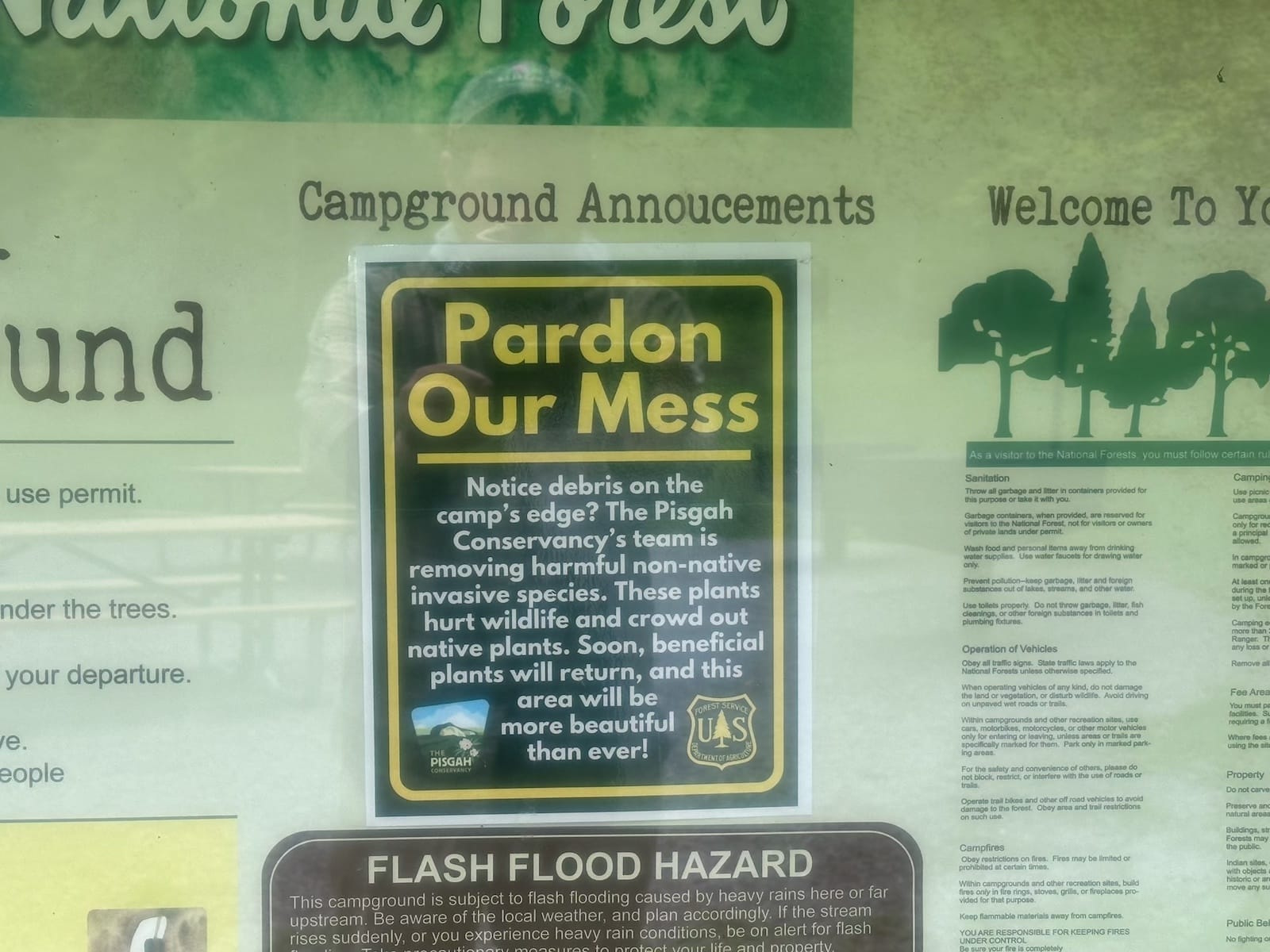
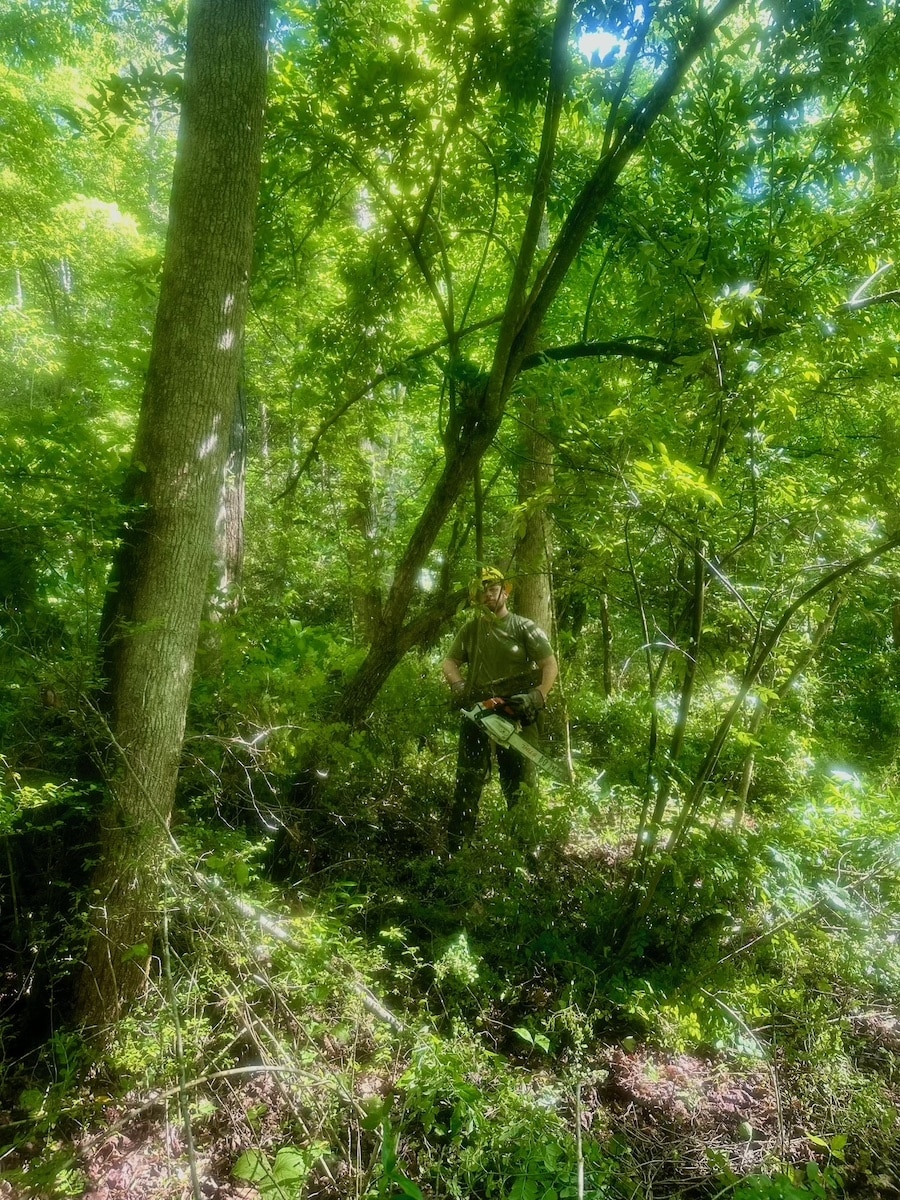

 .
.
Summer is in full swing for the River Rangers, who have been busy in the Forest and around the community educating the public about the importance of our rivers and streams. From tabling outside the Pisgah Visitor Center to delivering stream ecology and brook trout programs to our local Boys and Girls Club to teaching fish and macroinvertebrate identification at the Mills River snorkel trail site, the River Rangers have been actively bringing watershed stewardship to our local community.
In addition, they have been working with our partners at the North Carolina Wildlife Resources Commission helping stock trout in the Davidson, participating in Eastern Hellbender surveys, and electroshocking on Bradley Creek to survey species populations including local Southern Appalachian Brook Trout. With just over two weeks left in their season, be sure to check in on their social media page and try to catch one of their upcoming educational programs.
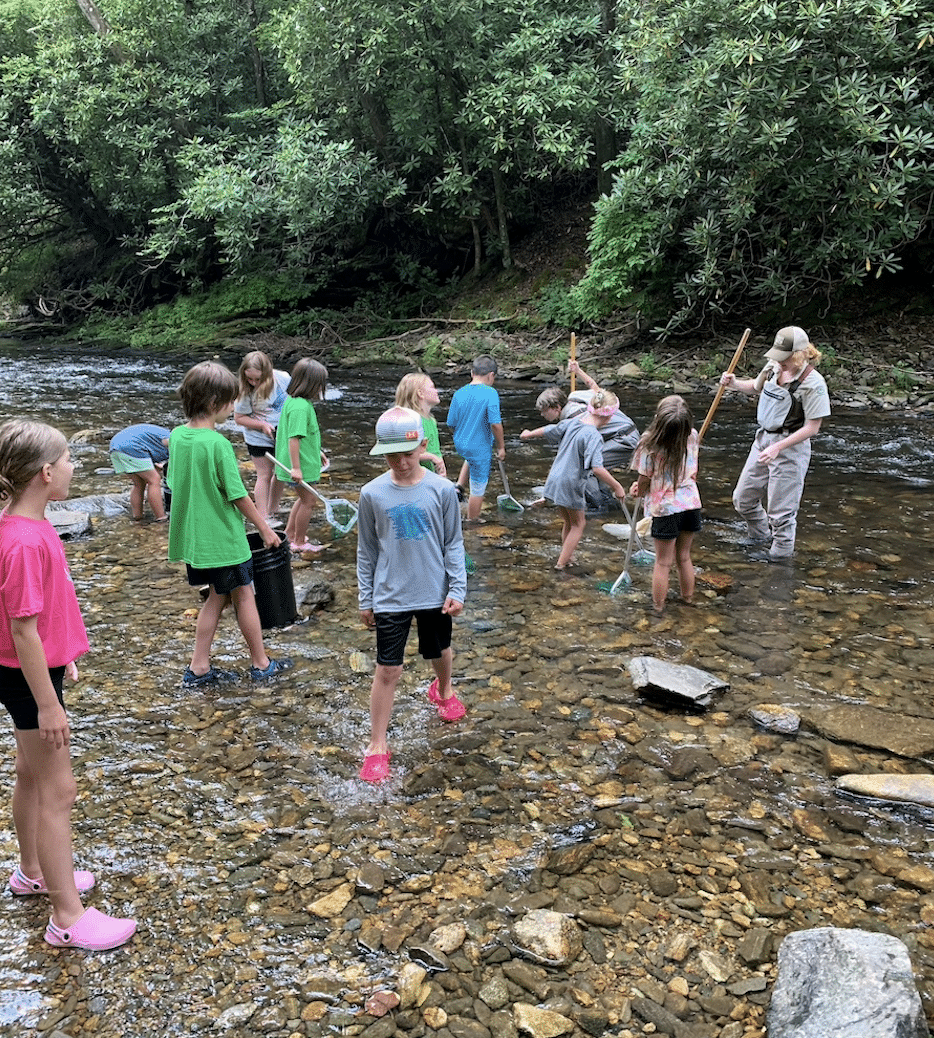
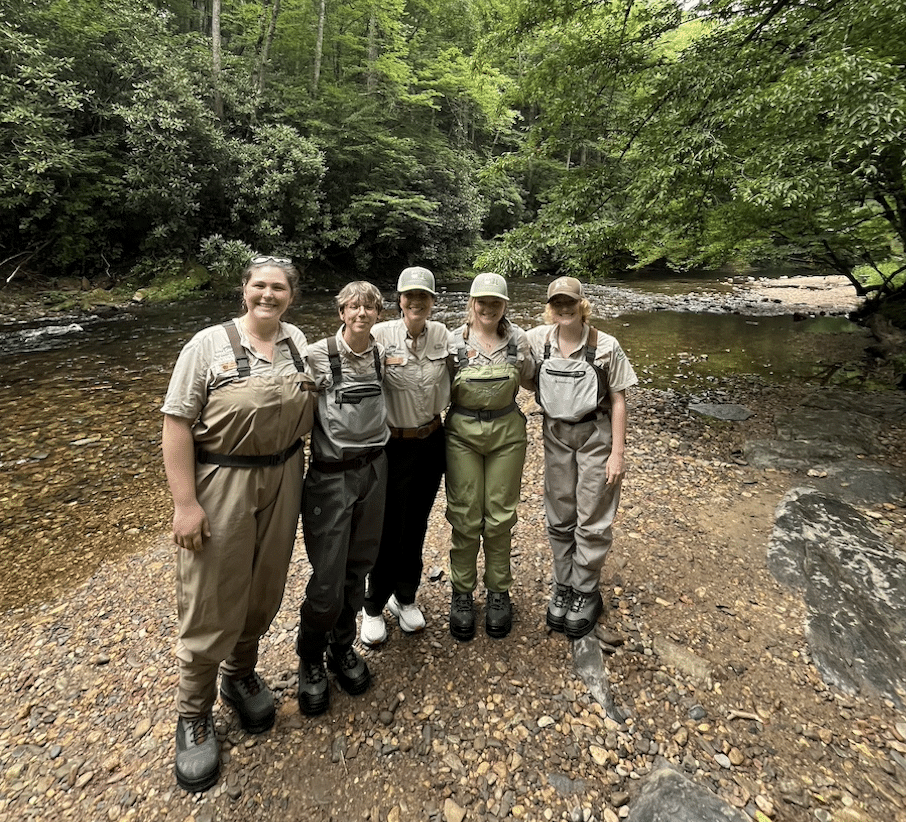
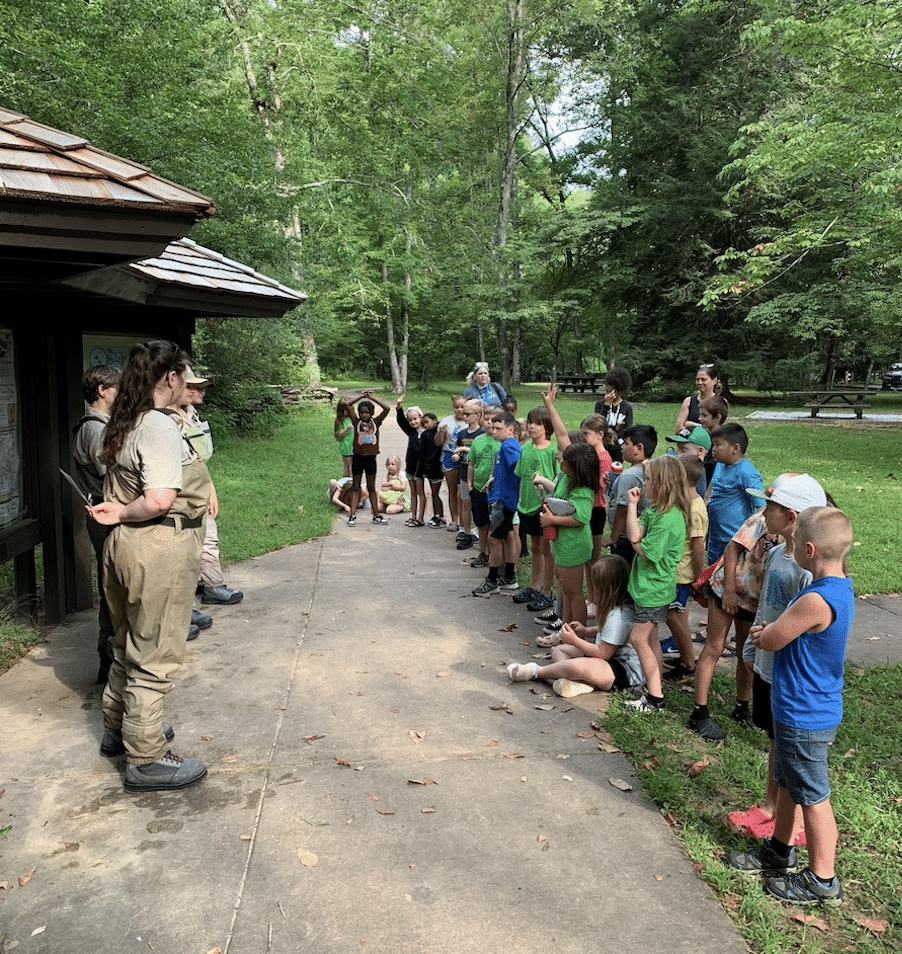
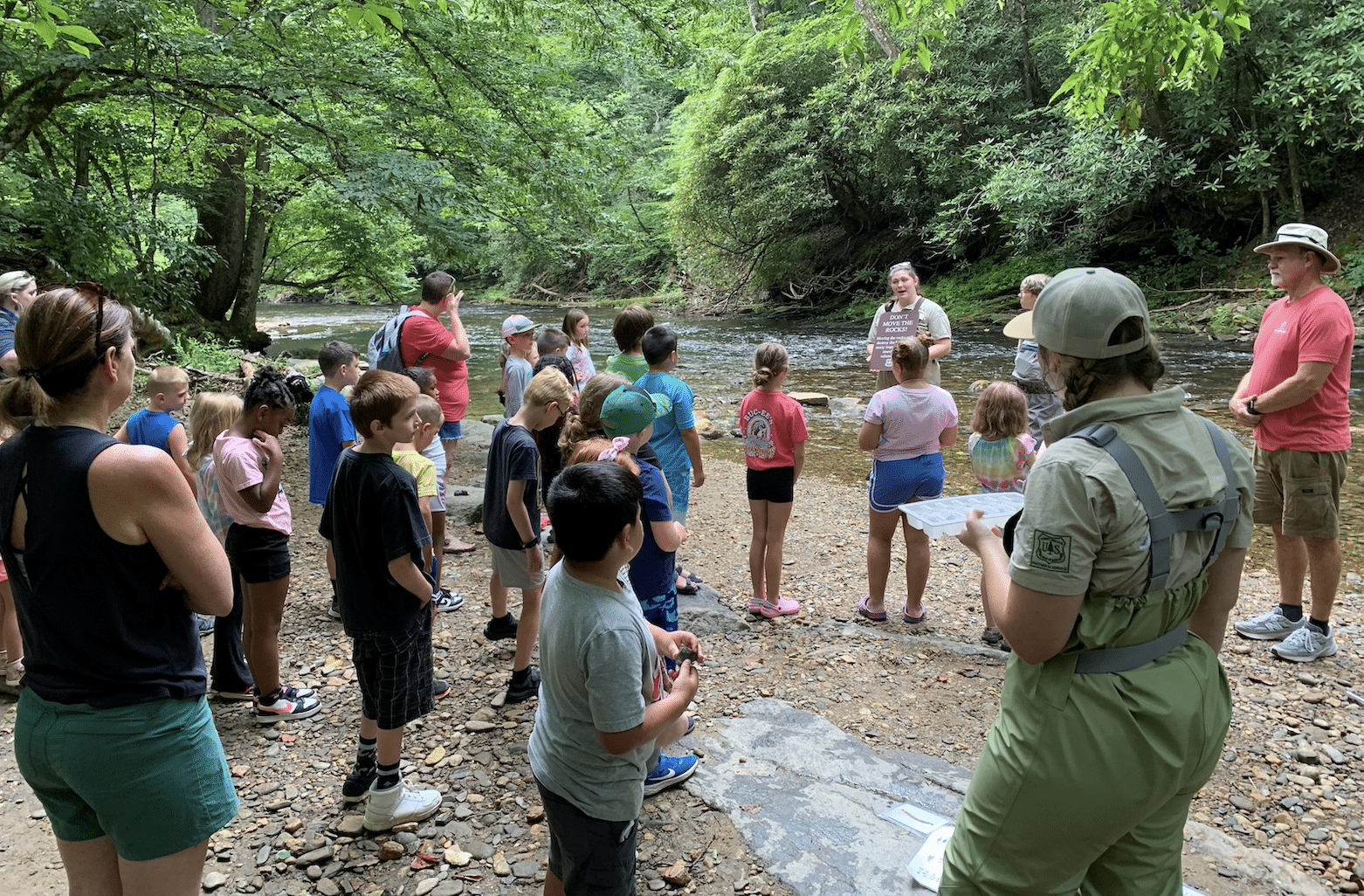
Here’s to a great July and the many wonders of summer on the Pisgah. Get out and enjoy! Thanks as always for your continued support of The Pisgah Conservancy and Pisgah National Forest.

